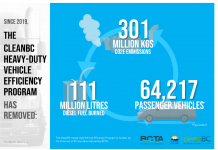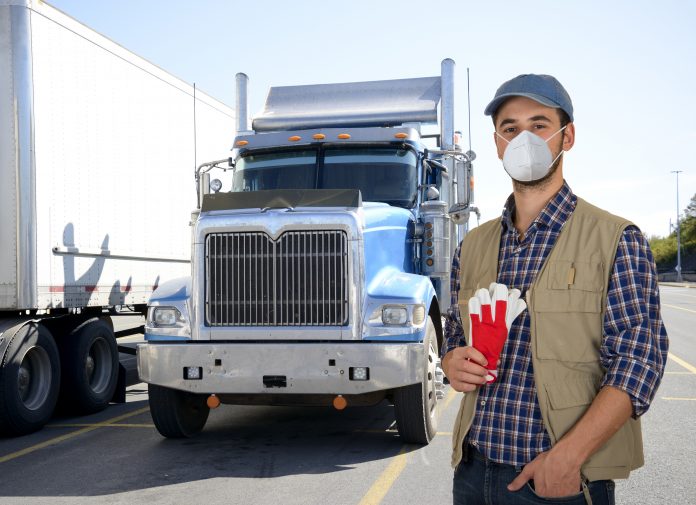Bluntly the first month of 2021 had all the earmarkings of a worsening pandemic around the globe. COVID infection rates are soaring and lockdowns are keeping us behind doors at home. The only bright spot was the arrival of new vaccines to give us some protection from COVID-19. But so far relatively only a few arms have received the needle. Government modeling says the worst may yet be to come. What does the future look like, and what will be the “new normal?”
The first vaccines in Canada were given out on December 14, 2020. A month later less than 1% of the population has received the vaccine. At this rate, the entire population will not be vaccinated until 2036. This slow rollout of the vaccine is blamed on a supply shortage. The federal government stays to the plan that any Canadian that wants the vaccine will have it by September of this year.
While we all look forward to vaccination and the end of lockdown rules many unknowns remain. Will we continue to social distance and mask-wearing after we have all been vaccinated?
Mask wearing, which was once only practiced in Asian countries, is now a global phenomenon. Although we may defeat this round of COVID-19, the belief is new strains may occur regularly, meaning new vaccines. According to Dr. Patrick Kachur, a professor at the Columbia University in NYC “We may need to (wear masks and update the vaccine) hopefully not every year but potentially regularly to keep ahead of changes the virus is making,”
Remember when cash was king? Not for much longer, E-Commerce and cashless payment have taken off during the pandemic, not to mention, money carries germs. It has been estimated that the pandemic has accelerated E-Commerce 4 to 6 years. McKinsey a global consulting firm says E-Commerce has jumped forward 10 years in just a few months.
Online shopping has become an essential survival tool, suffering are one-off stores and even big box stores. Sadly many smaller stores are closing. Even Starbucks is hastening its’ closure of 300 Canadian stores due to the pandemic. Those businesses and stores that can adapt to change are the ones that will survive. In the future, we may see fewer brick and mortar stores.
The pandemic has highlighted an important benefit of in-person education: it helps kids interact with their peers and develop confidence in a way that online learning can’t. In a post-pandemic world, we may see school boards begin to prioritize socializing and play alongside academic education since we’ve been reminded of just how important these activities are for healthy development.
Indoor dining may give way to takeaway as people who weren’t comfortable or familiar with food-delivery services or pick-up pre-pandemic may now continue to lean on this option. Even after restrictions have been lifted, many people may be hesitant to stay in public for long periods to enjoy the full restaurant experience. The same goes for theatres and night at the cinema or concert.
Tourism has suffered. Cruise lines, airlines, hotels, restaurants, local and international travel has almost ceased. Experts theorize it may take 5 years for these industries to get back to pre-pandemic levels. Maybe even that prediction is overly optimistic. The monster cruise ship and jumbo jet have become travel dinosaurs because of the pandemic. There is a pent-up demand for travel and tourism, but just how that evolves is a guess.
Thank goodness for the great outdoors. After we’ve spent more time than ever cooped up at home, many will embrace the freedom and the sense of well being or the outdoors, as we crave a return to nature, something that we might not have prioritized pre-pandemic. In the future, most anything that provides us clean air, inexpensive escape, and social-distancing will flourish. We shall embrace picnics, walking, cycling, hiking, canoeing, golfing, tennis, just to name a few. Sales of outdoor sports equipment are sure to take off!
Will de-urbanizing of our cities take place? One wonders as the cost of living (housing) spikes in our major urban centres such as Vancouver, Toronto, Montreal, etc., and more people work from home, will we move to locations that are lower cost and less expensive?
Here is an abstract view. Humans have become an urban species, with more than half of the world’s population now living in urban areas. But it is these same urban centres that became a hot spot for COVID-19 infection and spread. Meanwhile less populated areas had much lower pandemic rates. Those that lived remotely had little chance of catching COVID. As many of us work from home and shop online, some of the allure of urban living may have dulled.
Still, others theorize that the pandemic will make the urban lifestyle more sustainable, enjoyable, and improved. Neighbourhoods, parks, and local shops will again thrive along with increased use of outdoor urban spaces, parks, sidewalks, and bikeways.
There is no doubt that our lives post-pandemic will change. After all, life is about constant change. COVID-19 simply accelerated change in so many unexpected ways. In the future, we may embrace the good old days, but whatever the new normal becomes, as long as we feel safer and less threatened from pandemic concerns, we shall soon adjust to more social interaction, less stress, greater freedom, and fully embrace it.






















